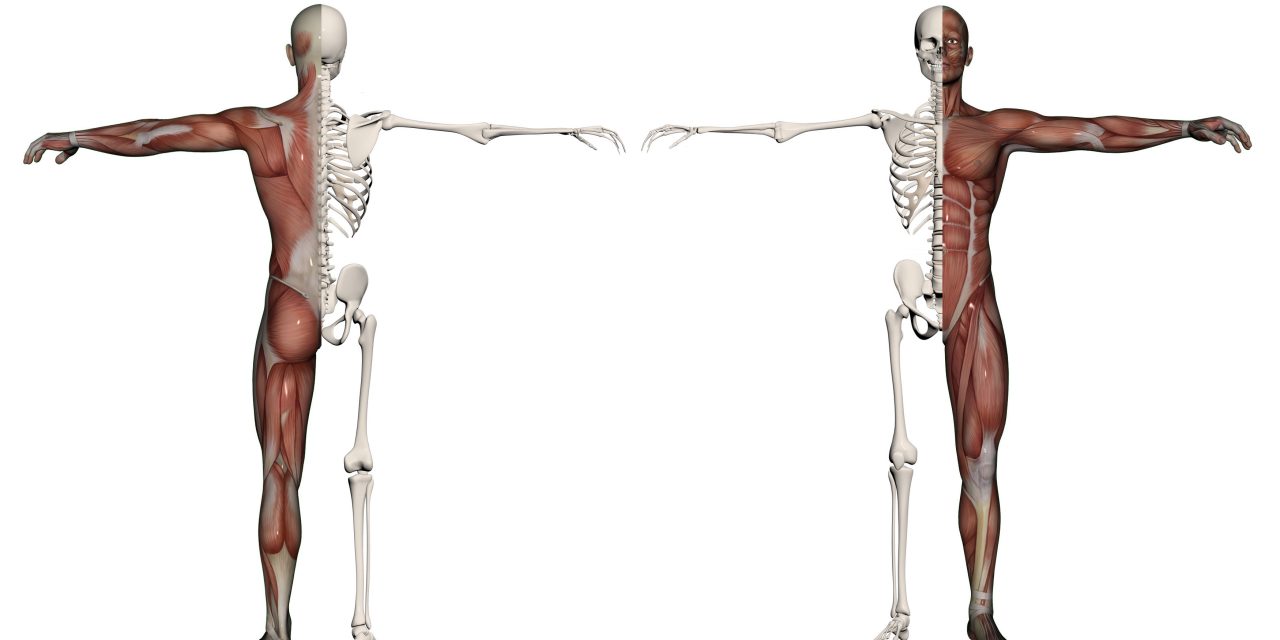
Centralization Is Key

I recently had the opportunity and privilege to speak at an ICS event that I co-presented with a neurosurgeon and interventional pain specialist regarding specialty perspectives in the treatment of spine and limb pain. In our brief conversations in planning the talk, our Medical Doctor colleagues were excited to learn the chiropractic approach and how we determine which patients are best suited for our therapy.
After the talk, I had the opportunity to “recap” with the other presenters. The physicians and administrators of the hospital system expressed their appreciation for the discussion regarding the use of centralization as a prognostic value in the treatment of the patient population with spine and limb pain. Centralization is the abolishment of distal symptoms that are emanating from the spine in response to therapeutic exercise.1 During the discussion, each of the specialists emphasized the importance of identifying patients appropriately as to how they will respond to treatment. It has been my experience that centralization is among one of the greatest signs we as manual medicine practitioners can use to identify patients whom we will or will not be successful in treating. Due to the positive feedback I received from the presenters and administrators of the hospital, I felt it would be appropriate to briefly present the evidence regarding the use of centralization in the prognosis of patients with spine and limb pain.
The concept of centralization was first described by Robin McKenzie in response to end-range loading exercises. If a patient’s symptoms centralized under a therapeutic load, that load determined the patient’s directional preference and he or she was instructed to perform the exercise on a regular basis during the course of treatment. The benefit of the centralization phenomena has been demonstrated in multiple studies to be a strong identifier of patients who will respond acceptably to treatment.
In a study by Werneke of 289 patients with acute back and neck pain with or without referred symptoms, it was found that patients for whom centralization occurred responded on average with a lesser number of visits (3.9) compared to those of the partial-centralizers and non-centralizers (7.7, 8.0).2 In a separate study examining the role of centralization in determining the prognosis of patients with sciatica, it was found that non-centralizers were 6 times more likely to require surgery for their pain.3 Both of these studies demonstrate how we as chiropractic physicians can use evidence-based information to help bring value to our medical colleagues’ practices.
As we move into the value-based healthcare market, the appropriate identification of patients who are likely to succeed in treatment will be a top priority for all providers. As chiropractic physicians, we can collaborate with our surgical counterparts in helping rapidly identify cases which will or will not require surgical intervention. The physicians with whom I presented were most impressed by their realization that we are just as interested in identifying surgical patients as they are; that we do not want to “hold on” to patients; and that we are using peer-reviewed research to help make our decisions. I believe that as we move forward in this value-based market and as we continue to educate our patients and medical colleagues, it will become increasingly clear that as chiropractic physicians, we bring a very high level of care and value to the healthcare market.
References
- Aina A, May S, Clare H. The centralization phenomenon of spinal symptoms – a systematic review. Manual Therapy. 2004;9:134-143.
- Werneke M, Hart DL. A Descriptive Study of the Centralization Phenomenon, A Prospective Analysis. Spine 199;24:676-683.
- Skytte L, May S, Peterson P. Centralization: Its Prognostic Value in Patients with Referred Symptoms in Sciatica. Spine 2005;30(11): E293-E299.
- Murphy DR, Hurwitz EL, McGovern EE. A Nonsurgical Approach to the Management of Patients with Lumbar Radiculopathy Secondary to Herniated Disc: A Prospective Observational Cohort Study with Follow-Up. JMPT. 2009;32:723-733.

















